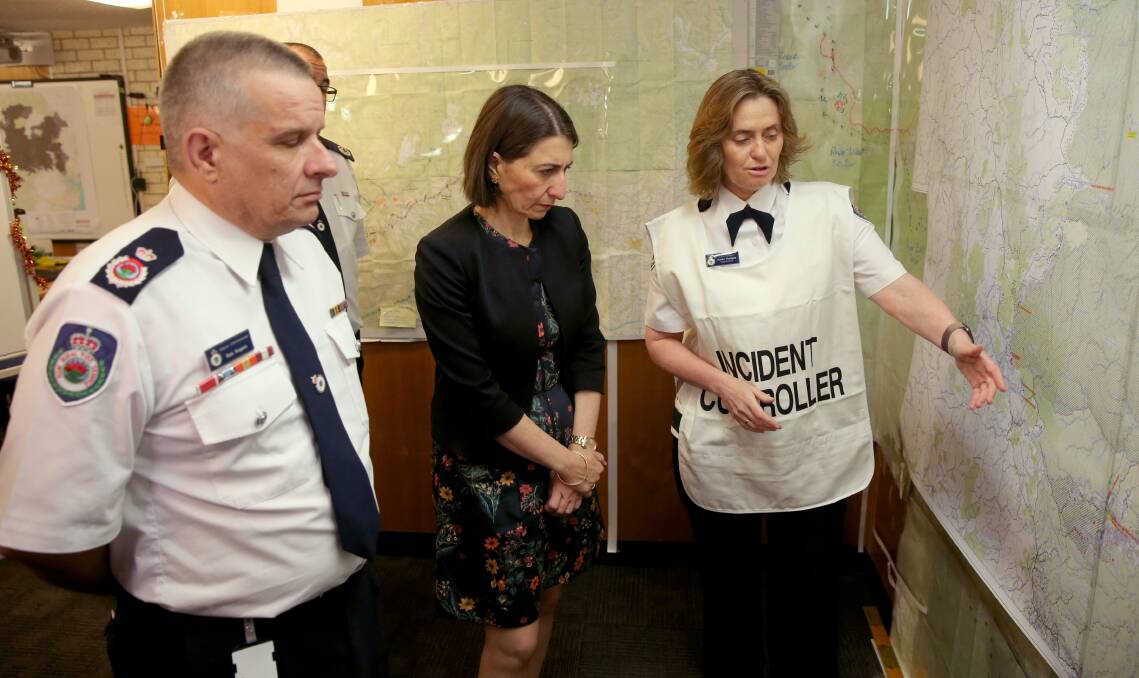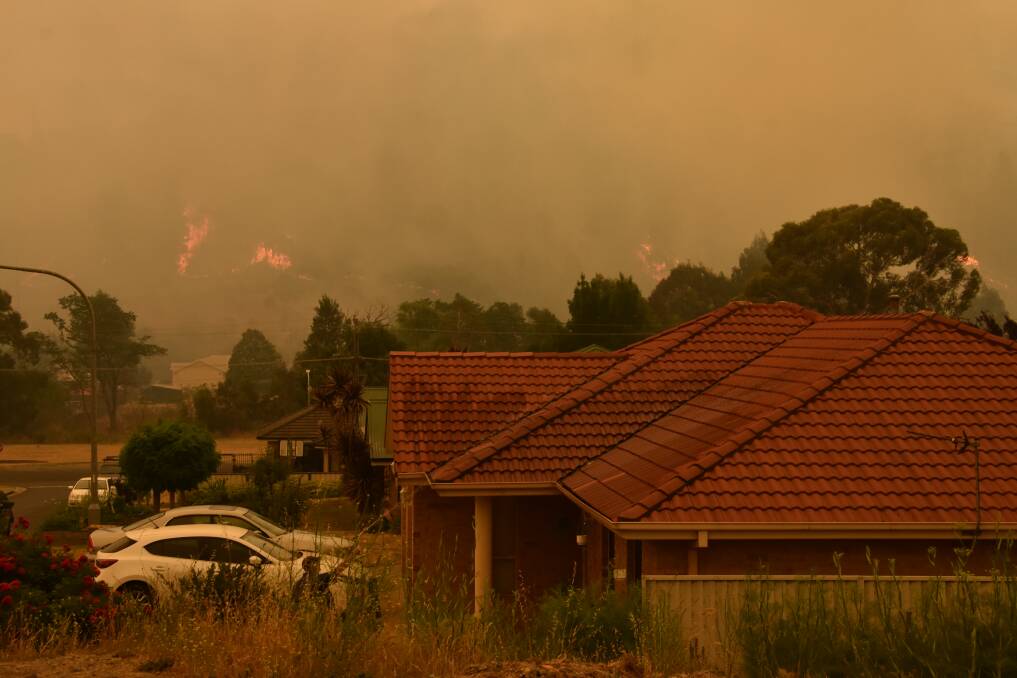BEING in charge of a massive, out-of-control bushfire that's destroying homes and leaving people running for their lives is a difficult task for anyone.
Subscribe now for unlimited access.
$0/
(min cost $0)
or signup to continue reading
The Gospers Mountain bushfire is a record breaker - it is the world's largest forest fire from a single ignition point.
For 79 days it tore through bushland, destroying homes, shattering lives and killing countless wildlife who were unlucky enough to be in its path.
"There was a lot of tough days, when we lost those houses they were very tough days," NSW Rural Fire Service (RFS) Superintendent Karen Hodges said.
"It was one of the worst times in people's lives."
Initially Gospers Mountain was barely known outside the Lithgow area, but it grew to be known on a national and international stage as the bushfire bearing its name raged.
What started as a small fire from a lightning strike in rugged bushland on October 26 grew with extreme weather conditions sending it tearing through the Hawkesbury, Hunter Valley, Cudgegong, Blue Mountains and Central Coast local government areas.
VIDEO: Story continues below
On November 11, the bushfire was declared a Section 44 which gave the blaze national disaster status and that's when Supt. Hodges took over control of the massive incident.
"It may have been more than 500,000 hectares in size, but once you add in the fires that joined up with it, it was a million hectares," she said.
"There was 2500 to 3000 firefighters across the fireground at any one time when it was at its height."
Supt. Hodges has been with the RFS for decades and in that time has seen and managed her fair share of fire related incidents, but the Gospers Mountain bushfire was a beast like she had never seen before.
"This has been the largest, most complex fire I've ever dealt with and I've been here for 31 years," she said.
"It was a fire burning on the urban interface and in rugged terrain and just the sheer vastness of it."

The blaze was so big, so intense and so dangerous that firefighters from across Australia, New Zealand, the United States and Canada came to help.
NSW RFS firefighters worked alongside those from Fire and Rescue NSW, as well as firefighters from National Parks and Wildlife and the Forestry Corporation of NSW.
Police, State Emergency Service (SES) and paramedics were also on duty to deal with traffic control, injuries and a huge range of other duties.
And, in charge of it all was Supt. Hodges.
Finally on January 12, 79 days after it ignited, the fire was brought under control.
It was now 512,626 hectares and its perimeter was 1380 kilometres, the equivalent of driving from Sydney to Adelaide.
When reflecting on her time in charge of the largest blaze of her career, Supt. Hodges said many words spring to mind.
Fatigue, exhaustion, fear, heartbreak, relief and moments of inspiration are among the emotions she felt during the massive campaign.

She is also proud. Proud of the community that rallied to help each other, and proud of the "huge team effort" of all emergency services who worked so hard to save lives.
"We've had a very successful campaign and there were no lives lost and there were some very significant saves," she said.
READ ALSO: Small business drought loans now on offer
"There's been some very difficult times, but the team, the volunteers and all the agencies, it was quite rewarding that they all came together at such a hard time, they just shone.
"It was truly international in terms of the support we had.
"We would just like to say thank you to the volunteers."
It may have been more than 500,000 hectares in size, but once you add in the fires that joined up with it, it was a million hectares.
- NSW Rural Fire Service Superintendent Karen Hodges
When asked what her best day was when trying to bring the blaze under control, she pauses for a moment and then answers.
"Bringing it to contained. But, there was also a lot of good moments throughout the campaign and to see the community and firefighters rally and they showed up and did beyond what they needed to.
"It was really rewarding to see that."
The RFS' Building Impact Assessment Team is still determining the number of homes, facilities and outbuildings that were damaged or destroyed during the Gospers Mountain bushfire.
Love local news?
Why not subscribe, the first 30 days of full website access is free.


